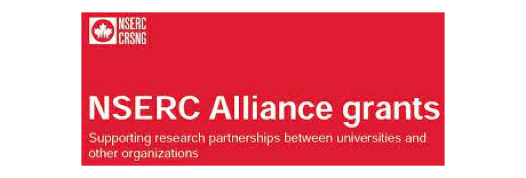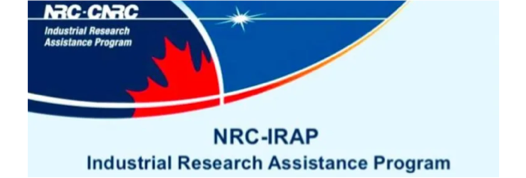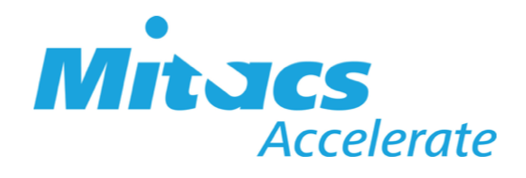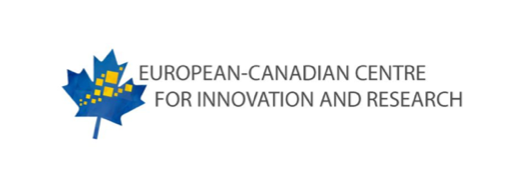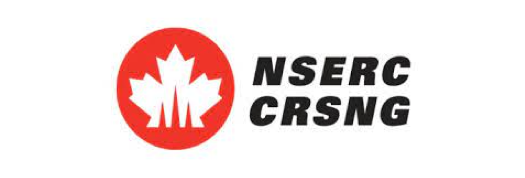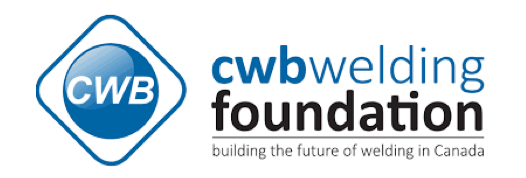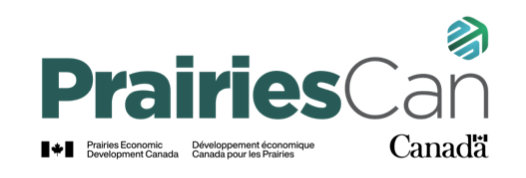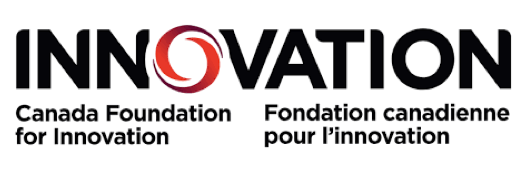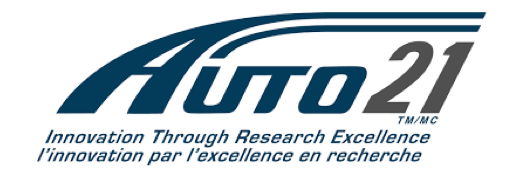Projects
Modelling and optimization of catchment efficiency in coaxial laser cladding
Physics of Welding
Numerical Modelling
Developing a quantitative model of hydrogen through the complete production cycle of heat-treated, high-carbon grinding and SAG product
Physics of Welding
Numerical Modelling
Structure-Processing Relationships for Welding New Steels with Small Alloying Additions
Metallurgy
Physics of Welding
A novel laser-assisted hot-wire metal deposition technique for extreme applications
Numerical Modelling
Welding Automation
Heat and Mass Transfer Phenomena in the Application of Wire-Based Nickel/Tungsten Carbide Overlays
Metallurgy
Numerical Modelling
Discovery of Governing Laws in Real Multiphysics, Multicoupled Systems in Materials Processing
Physics of Welding
Welding Automation
Development of Laser Processing Facility for Wear and Corrosion Protection Materials
Physics of Welding
Metallurgy
Heat and Mass Transfer Aspects of laser Deposition of Ni/WC Wear Resistant Metal Matrix Composites
Physics of Welding
Metallurgy
Deposition of abrasion-resistant Ni-WC metal matrix composites using Hot Wire TIG Welding
Physics of Welding
Metallurgy
No matching items
